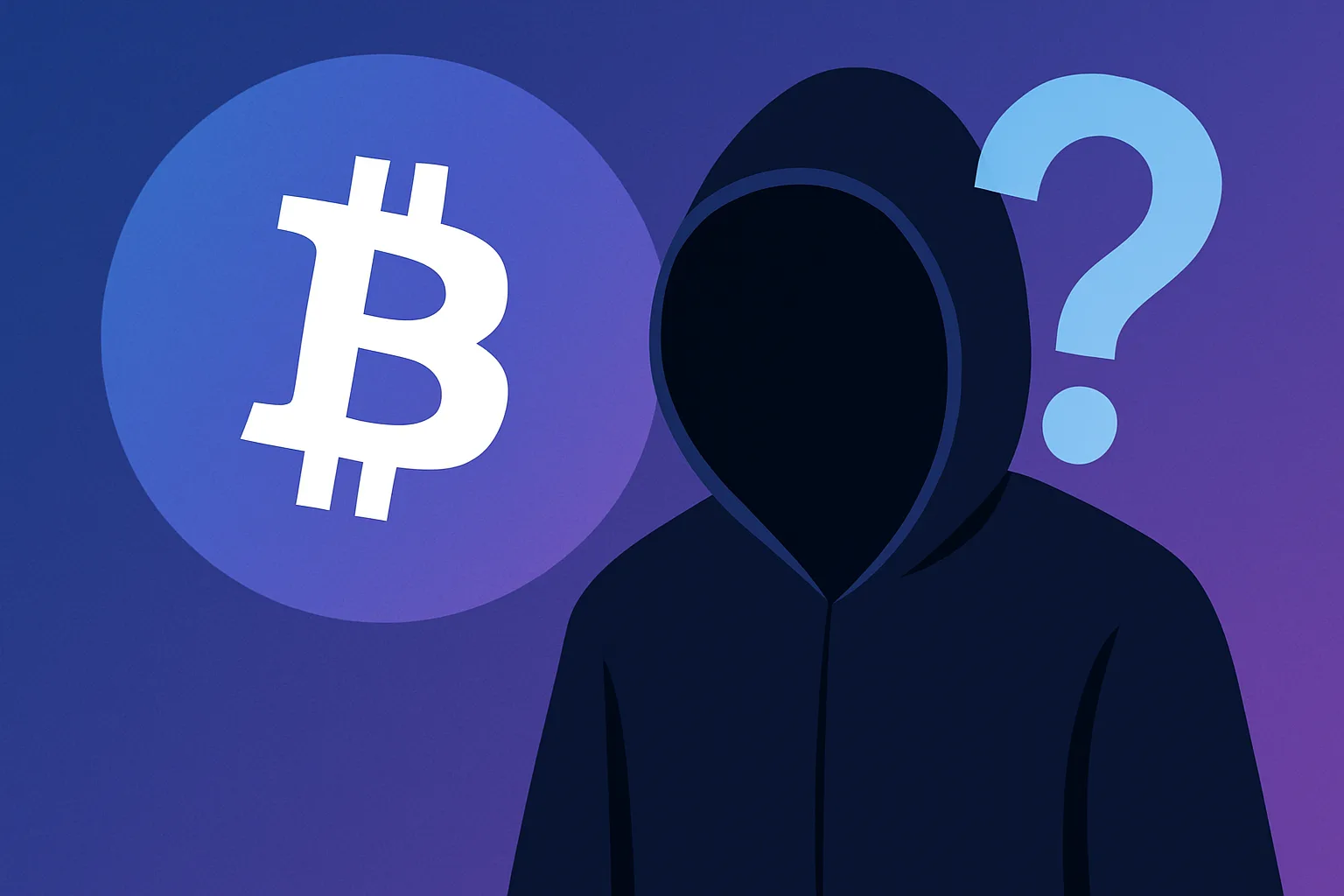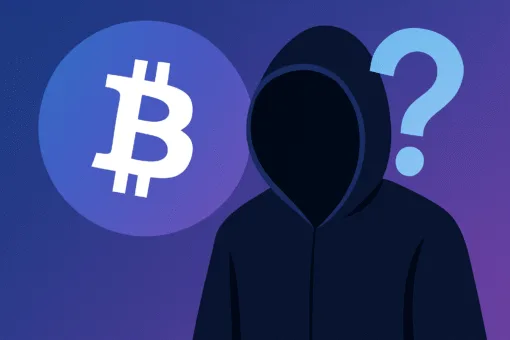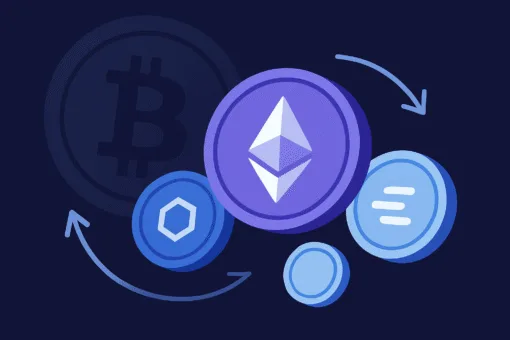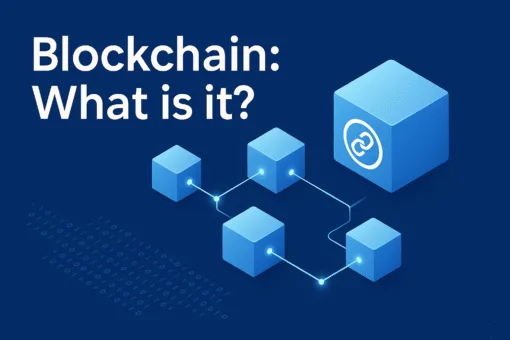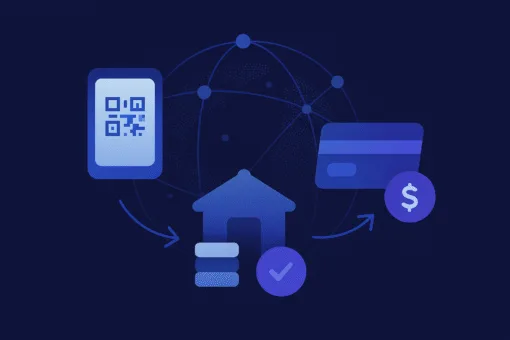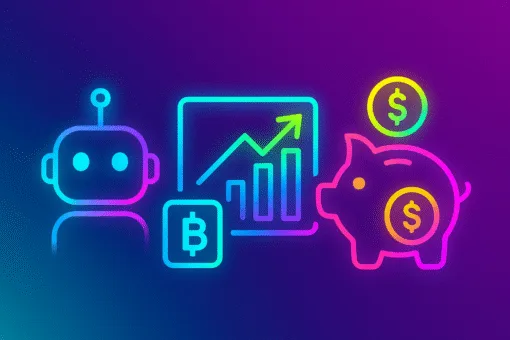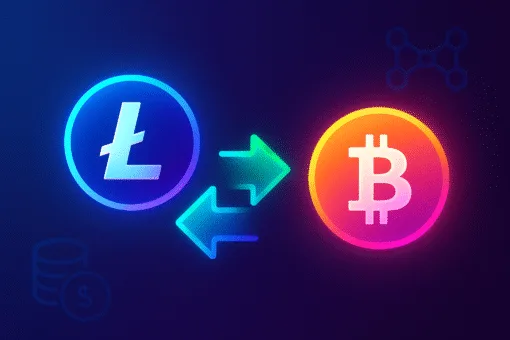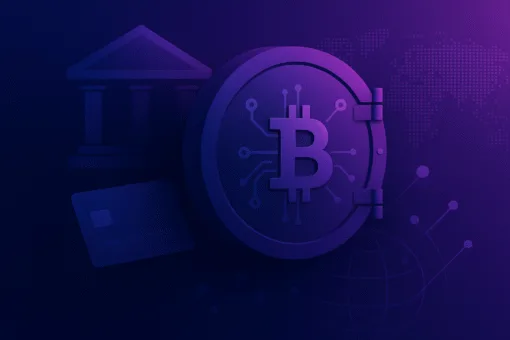Few mysteries in the internet age have provoked as much speculation as the identity of Satoshi Nakamoto. This pseudonymous figure is credited with creating Bitcoin, the world’s first and most famous decentralised cryptocurrency, and in doing so, sparking a financial and technological revolution. Since the publication of the Bitcoin whitepaper in 2008 (worth the read by the way) and the launch of the network in 2009, Satoshi has disappeared from public view, leaving behind a creation that has grown beyond anyone’s control.
The question of who Satoshi Nakamoto is has been debated endlessly. Was it a single person or a collective? A cryptographer, an economist, a computer scientist, or even a government agency? The mystery matters not only because of curiosity but also because Satoshi’s identity could influence how people perceive Bitcoin, its ideological foundations, and its future. To understand the legend of Satoshi Nakamoto, one must begin with the creation of Bitcoin itself.
The Satoshi Nakamoto Timeline
-
October 2008 The Bitcoin whitepaper, Bitcoin: A Peer-to-Peer Electronic Cash System, is published on a cryptography mailing list.
-
January 2009 The Bitcoin network launches. Satoshi mines the Genesis Block, embedding the headline about a second UK bank bailout.
-
January 2009 The first Bitcoin transaction takes place, with Satoshi sending 10 BTC to Hal Finney.
-
2009–2010 Satoshi actively develops the software, communicates with early adopters, and refines the protocol.
-
December 2010 Satoshi begins to withdraw from public communication, handing development leadership to Gavin Andresen.
-
April 2011 Satoshi sends their final known message, stating they have “moved on to other things.”
-
Post-2011 Satoshi disappears completely. Their estimated one million Bitcoins remain untouched to this day.
The Origins of Bitcoin
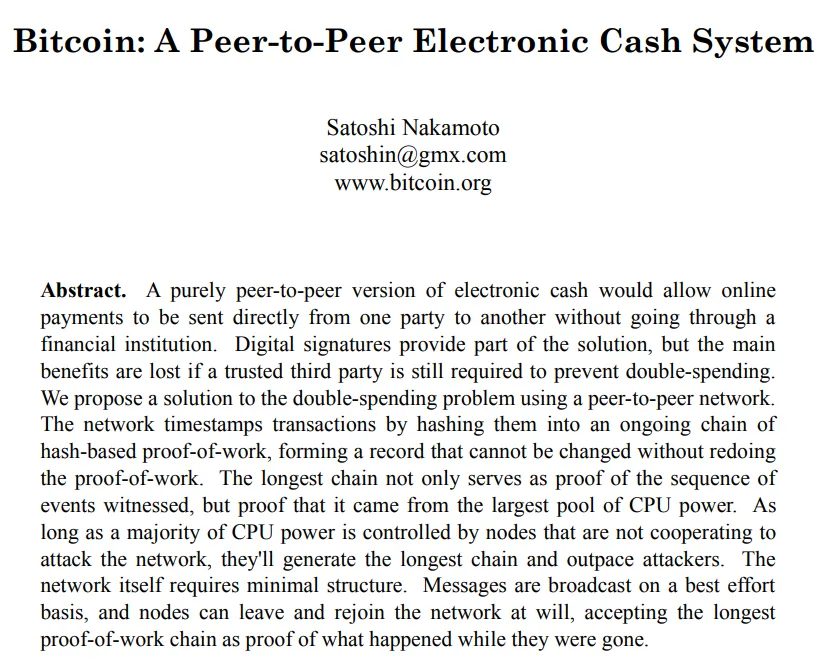
A brief recap. In October 2008, a nine-page document titled Bitcoin: A Peer-to-Peer Electronic Cash System appeared on a cryptography mailing list. It described a new form of money that could be sent directly between users without going through a bank. The system solved a problem that had plagued earlier digital money projects: the “double spending” issue, where the same unit of currency could be used twice. Bitcoin proposed a decentralised solution using a public ledger called the blockchain.
Just a few months later, in January 2009, the Bitcoin network went live. The first block of transactions, known as the Genesis Block, was mined by Satoshi Nakamoto. Inside the block’s data, Satoshi embedded a message: “The Times 03/Jan/2009 Chancellor on brink of second bailout for banks.” This was more than just a timestamp. It was a political statement, a reminder of the fragility of the global financial system in the wake of the 2008 crisis, and perhaps an indication of the motivations behind Bitcoin’s design.
Satoshi’s Role in the Early Days
Satoshi Nakamoto was not only the author of the whitepaper but also the developer of the first Bitcoin software. Between 2009 and 2010, Satoshi was active on cryptography forums and in email exchanges with other developers. These writings reveal a careful, precise thinker with a deep understanding of cryptography, distributed systems, and economics.
During this period, Satoshi mined thousands of Bitcoins, some of which remain untouched today. They also worked closely with early adopters, such as Hal Finney, who received the very first Bitcoin transaction. In these early years, Bitcoin was a niche experiment discussed by a small group of enthusiasts. Yet Satoshi’s presence and guidance were critical in refining the protocol and encouraging adoption.
By late 2010, however, Satoshi began to fade from view. They gradually handed over responsibilities to other developers, most notably Gavin Andresen, who became one of Bitcoin’s leading maintainers. In April 2011, Satoshi sent their final known message, writing that they had “moved on to other things.” Since then, no verified communication has been received.
The Reasons for Anonymity

Why did Satoshi Nakamoto remain anonymous, and why did they eventually disappear altogether? Several explanations are possible. The most obvious is legal risk. Creating a new form of money outside government control could have attracted serious regulatory or even criminal consequences. Remaining anonymous was likely a form of protection.
Another explanation is ideological. Bitcoin was designed as a decentralised system with no single point of control. By stepping back, Satoshi ensured that the project would not become dependent on them personally. Their absence reinforced the principle that Bitcoin belongs to its users rather than its creator.
There are also practical considerations. At today’s valuations, Satoshi’s early mining activity is believed to have produced over one million Bitcoins, worth tens of billions of pounds. Anonymity protects against theft, extortion, or pressure to spend or move these funds. In many ways, Satoshi’s anonymity has become a feature, not a flaw, of Bitcoin’s design.
Clues in the Writing and Code
Despite the disappearance, enthusiasts and researchers have tried to piece together clues. Linguistic analysis of Satoshi’s emails and forum posts shows consistent use of British spellings such as “favour” and “colour,” suggesting a UK connection. The timestamp of Satoshi’s activity often aligned with working hours in European time zones.
The style of Satoshi’s code has also been studied. The early Bitcoin software contained unique programming quirks that some argue could be matched to specific developers. However, code is often influenced by collaboration and borrowing, making definitive identification difficult. The evidence suggests a technically skilled individual or group with a background in cryptography and computer science, but beyond that, the trail grows cold.
Candidates and Suspects

Over the years, many names have been put forward as potential candidates for Satoshi Nakamoto.
Hal Finney, one of the earliest supporters and a highly respected cryptographer, is among the most plausible. He received the first Bitcoin transaction directly from Satoshi and had the technical skills to create such a system. However, Finney denied being Satoshi and until his death in 2014 consistently maintained that he was only an early adopter.
Another strong candidate is Nick Szabo, a computer scientist and legal scholar best known for inventing the concept of “smart contracts” and developing a digital money project called “bit gold.” Stylometric analysis of Szabo’s writing has shown similarities to Satoshi’s style. Despite this, Szabo has denied being the creator of Bitcoin, though speculation persists.
Other names include Adam Back, inventor of Hashcash, a proof-of-work system that influenced Bitcoin, and Wei Dai, the creator of b-money, another precursor. Both have acknowledged their contributions to the ideas that shaped Bitcoin but denied being Satoshi themselves.
The most controversial claim comes from Australian computer scientist Craig Wright, who has repeatedly insisted he is Satoshi. However, his claims have been widely dismissed due to lack of verifiable proof and inconsistencies in his evidence. The broader crypto community remains sceptical of his assertions.
The Wealth of Satoshi
One of the enduring questions is how much Bitcoin Satoshi Nakamoto actually owns. Analysis of early mining patterns suggests that Satoshi mined approximately one million Bitcoins in the first year of the network. At today’s prices, this represents a fortune of staggering proportions.
What is striking is that these coins have never been moved. They remain in their original wallets, untouched for over a decade. This fact lends credibility to the idea that Satoshi’s motivations were not primarily financial. If the goal had been profit, even a small movement of these coins would have generated vast wealth. Instead, the untouched fortune symbolises a commitment to the principle of decentralisation.
The Myth of Satoshi Nakamoto
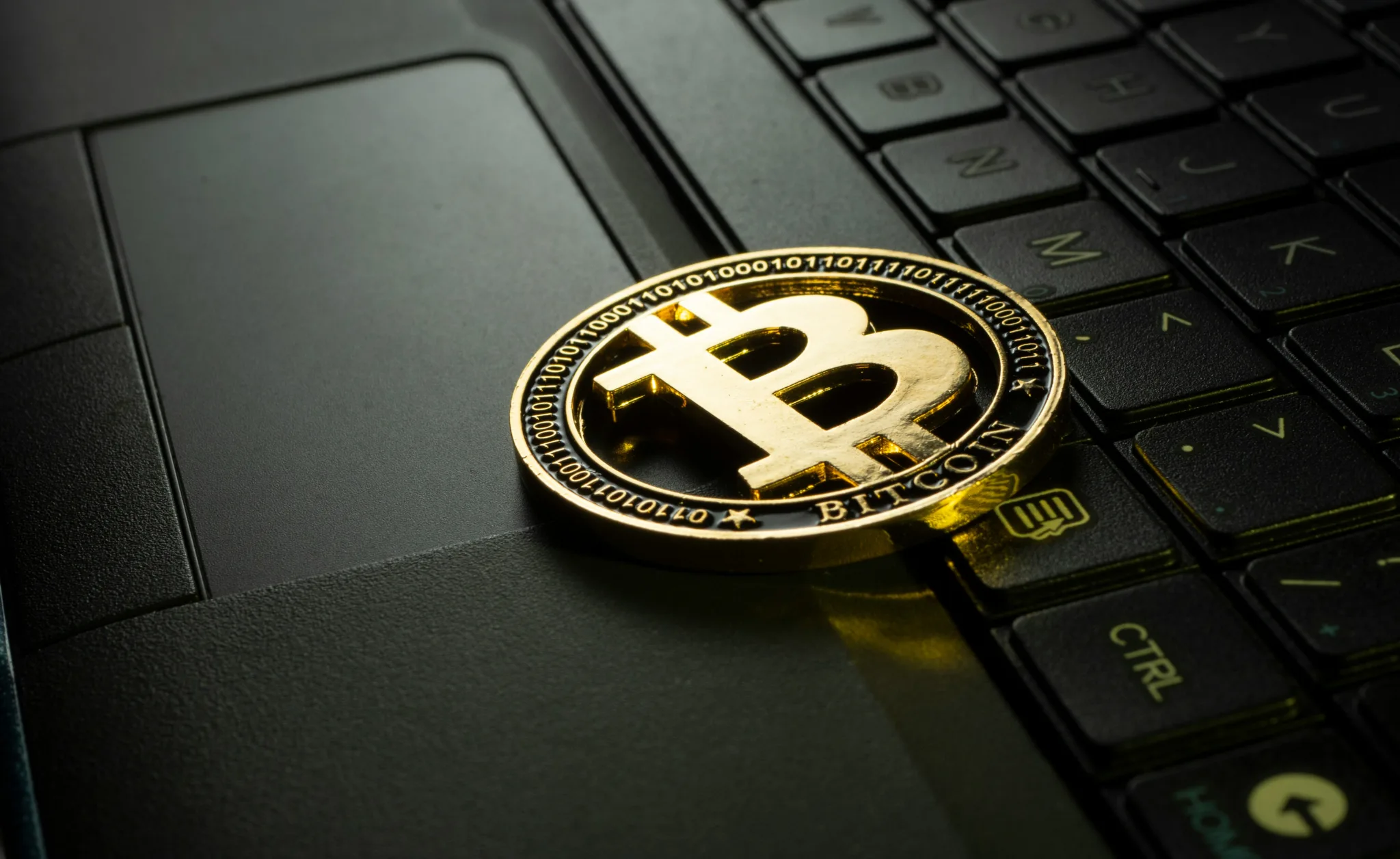
Satoshi’s anonymity has elevated them from a mere inventor to a mythic figure. The absence of a known founder has helped Bitcoin become more than a product of one mind. Instead, it is perceived as a collective movement, an idea that belongs to everyone.
In a financial world dominated by institutions, leaders, and central authorities, the mystery of Satoshi Nakamoto has come to represent something radically different. Bitcoin’s creator is not a person who can be lobbied, sued, or corrupted. They are a ghost in the machine, a symbol of independence from traditional systems.
This mythology has inspired countless debates, books, and documentaries. Satoshi has been portrayed alternately as a genius, a freedom fighter, a collective, or even a government experiment. Whatever the truth, the mystery adds to the cultural and ideological power of Bitcoin.
Why the Mystery Matters
Some argue that Satoshi’s identity does not matter. Bitcoin’s code is open source, and its network is run by thousands of independent participants worldwide. The system works regardless of who started it.
Yet others believe the truth could have real consequences. If Satoshi were revealed to be connected to a specific government, corporation, or ideology, it could affect trust in Bitcoin. If Satoshi returned and began moving their coins, the market could be shaken. Regulators might also pursue accountability if the person were identified.
For now, the mystery ensures that Bitcoin is not tied to any single individual. This has arguably strengthened its position as a decentralised system.
Satoshi’s Disappearance and Legacy
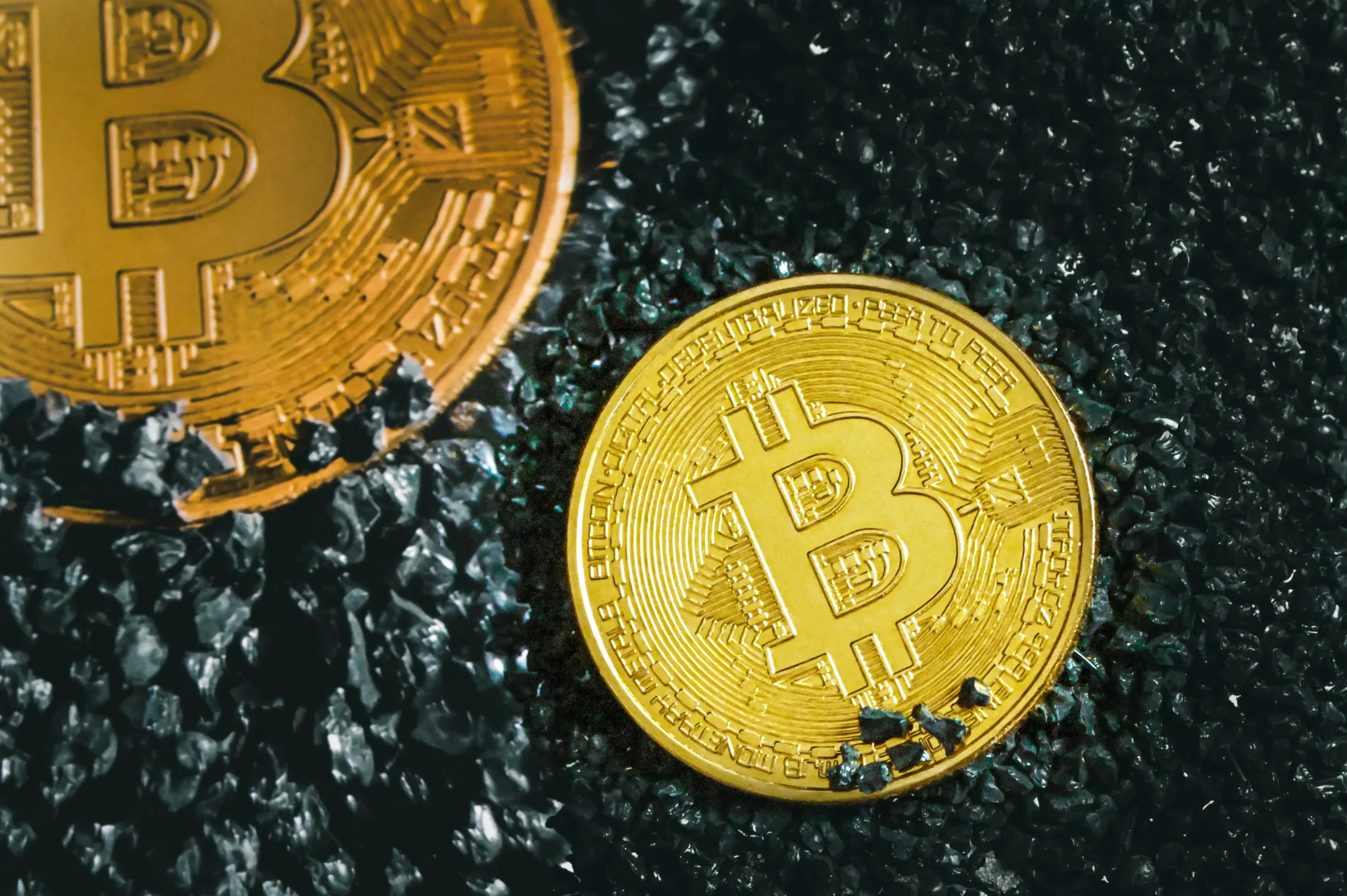
The decision to disappear was arguably one of Satoshi Nakamoto’s most profound acts. By stepping away, they ensured that Bitcoin would grow beyond them. Without a central figure to defer to, the community of developers, miners, and users had to take ownership of the project.
This decentralisation has created challenges. Debates over scaling the network led to divisions and the creation of forks such as Bitcoin Cash. But it has also been a source of resilience. No single person can dictate Bitcoin’s path, and that independence is one of its defining strengths.
Cultural Impact
Beyond technology and finance, Satoshi Nakamoto has entered popular culture. The mystery has inspired novels, films, and endless online speculation. Some see Satoshi as a digital-age folk hero. Others view the anonymity with suspicion, as though the truth might reveal something unsettling.
Either way, the name Satoshi Nakamoto has transcended the individual. It has become shorthand for an idea: that money can be created, managed, and exchanged without governments or banks. The myth is part of Bitcoin’s brand, making it more compelling to believers and more provocative to critics.
Lessons from Satoshi Nakamoto
The story of Satoshi carries lessons that go beyond Bitcoin.
It shows that transformative ideas can emerge from anonymity and still change the world.
The story demonstrates that decentralisation can be stronger when it is not tied to a single leader.
It also proves that innovation often requires boldness. Creating a new form of money was not just a technical feat but a political act.
Perhaps the most important lesson is that identity is not always essential. In an era of celebrity entrepreneurs, Satoshi Nakamoto’s invisibility emphasises that ideas matter more than personal branding.
The Future of the Mystery
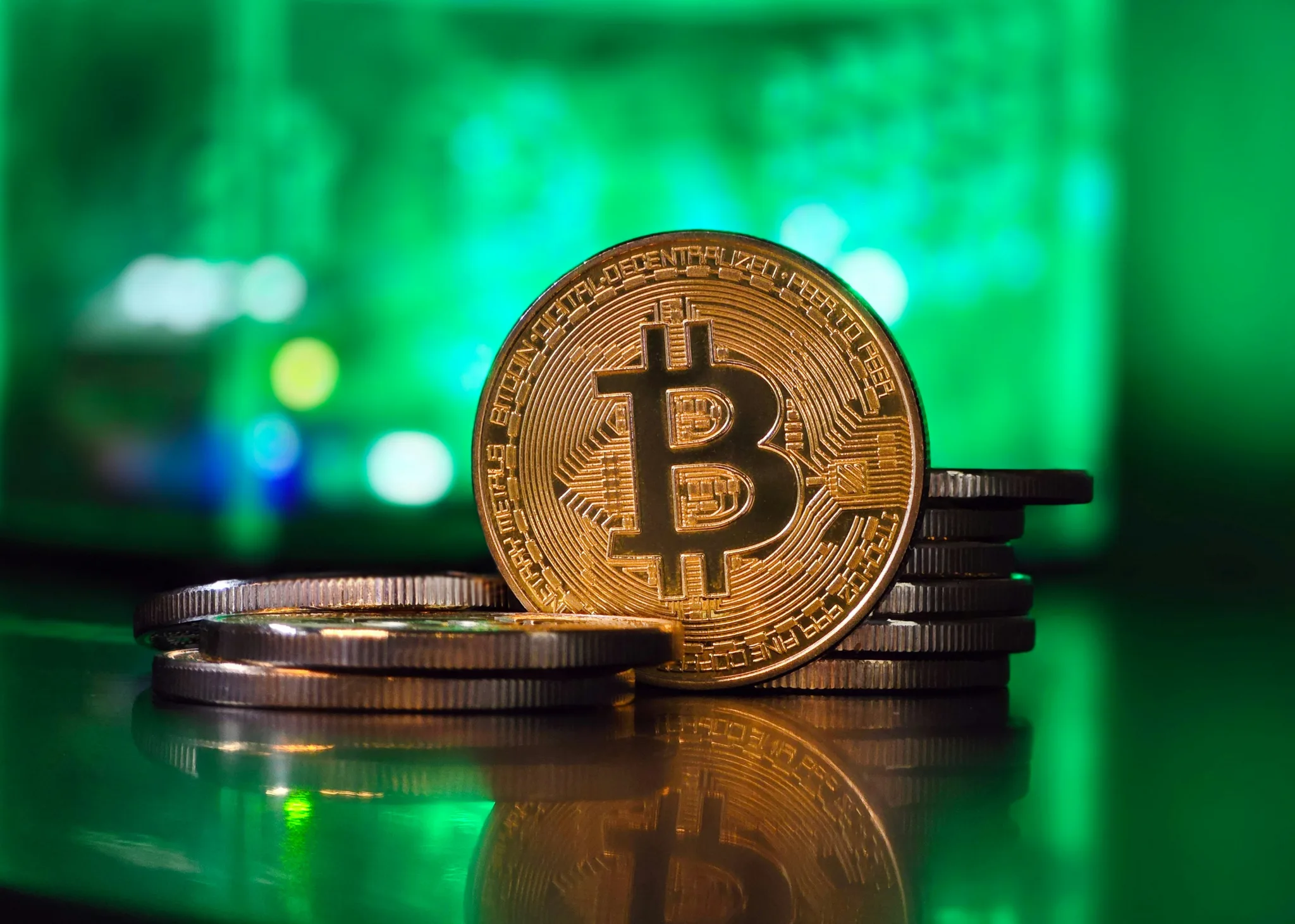
Will the identity of Satoshi Nakamoto ever be revealed? Some believe it is inevitable that one day conclusive proof will surface, perhaps through the movement of the original Bitcoins or the release of private keys. Others think the mystery will never be solved and that Satoshi may have passed away, taking the secret with them.
If Satoshi remains hidden, the myth will continue to grow. If they are revealed, the crypto world may never look the same again. Either outcome will reshape the narrative, but for now, the uncertainty remains a defining feature of Bitcoin.
Satoshi Nakamoto is one of the most important and enigmatic figures of the 21st century. Whether an individual or a group, they created Bitcoin, introduced blockchain technology, and transformed finance. Their decision to remain anonymous and ultimately to disappear has only amplified the significance of their invention.
The question of who Satoshi Nakamoto is may never be answered. But perhaps that is fitting. The anonymity aligns perfectly with the ethos of decentralisation that Bitcoin represents. What matters most is not the creator but the creation itself, a financial system that challenges traditional structures and continues to reshape the world.

